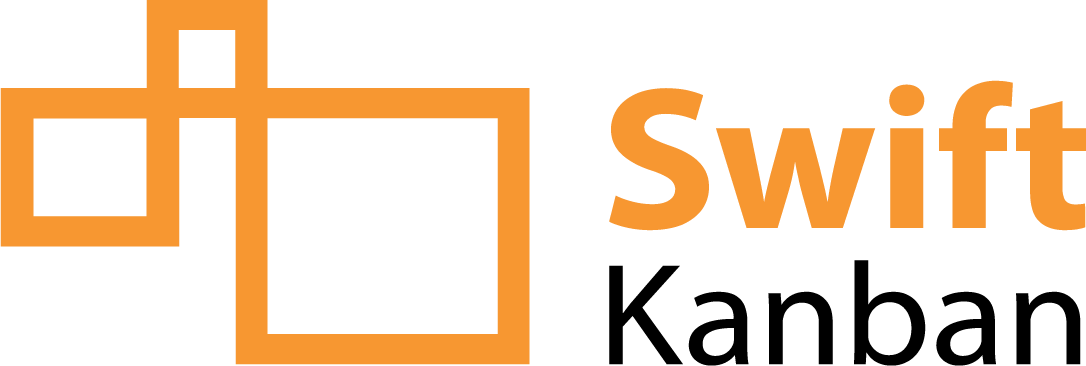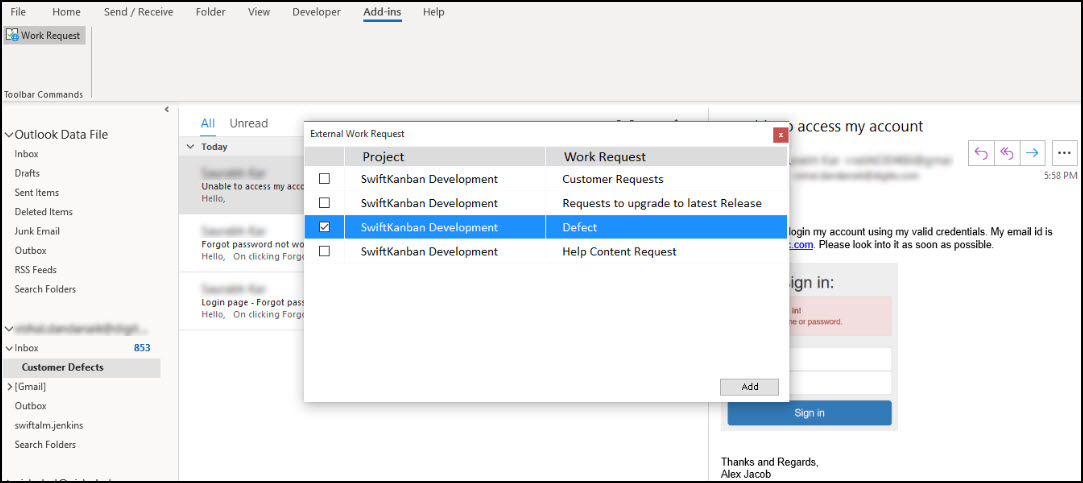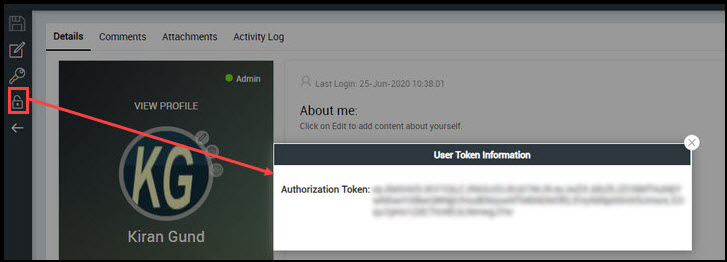Create External Work Request Directly from Your Outlook Mailbox
Now, it is easy to raise a work request received from end-users in your MS Outlook Desktop application. We have introduced an MS Outlook Plugin option in the External Work Requests feature. When you use our Plugin, it pulls information from the selected email and pre-populates the Title, Description, Name, and Email address fields in the External Work Request form, thereby leaving only the remaining details to be added. This results in faster work request creation. To know more about the External Work Requests, see this Help page.
Card Details now Sync Back to Card in Story Map
Managing cards using the Story Map has now become easier with the synchronization of card details between the card in the Story Map and the same seen in other areas of the application. Now, updates made to the Name, Description, Release and Sprint of a card in other areas of the application are reflected in the Story Map as well. Thus ensuring the details seen on the card in the Story Map and the same seen in other areas of the application are always in sync. To know more about the Story Map, see this Help page.
Introducing New Admin Policy on Handling Stale Data
Many a time, multiple users working on the same card may attempt to update the card simultaneously. To control the most recent version of the card, we have introduced a new Admin policy, Apply Stale Data Handling. Using this policy, you can select the option either to Restrict the user from saving the changes in a card if it has been simultaneously updated and saved by another user, or just Warn the user about the changes done by another user. Alternatively, you can also disable this policy by selecting the None option.
Usability Enhancements
- We have added five more fields on the onboarding page to capture a few more details about the users so that we get to know them better as they begin their journey with us.
- To access SwiftKanban via REST API, users had to generate the authorization token using JWT token-based authentication method. Now, SwiftKanban users can skip this step as we are providing the authorization token inside the User profile page itself.




